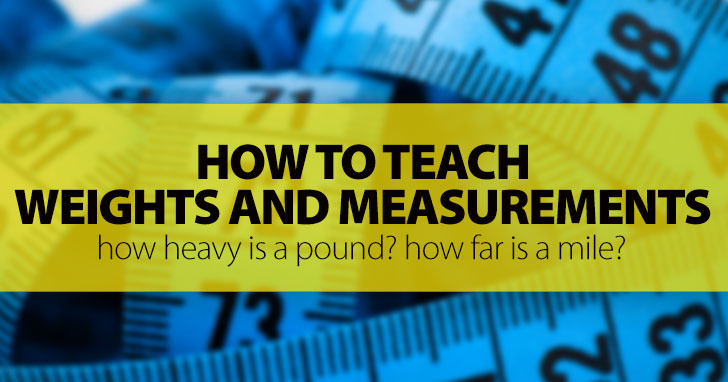English Through Science: 4 Science Camp Activities


Even if it is, equations and numbers do not automatically relate to physical weight and size in our heads. There are 2.2 pounds in a kilogram, but what does that weight feel like? A mile is a little less than 2 kilometers, but how far is that really? To instill weights and measurements in your EFL learners, teach the concepts experientially. Here are some ideas as to how you can do that!

Plan an hour and a half for this activity. Map out a mile from your classroom to another destination that has a reward, like an ice cream shop. Figure out a landmark at each quarter mile. Have a car available with a volunteer driver for students with disabilities if necessary. Only tell students, “We are going for a walk.” Go for a walk! Have a conversation class along the way. Be enthusiastic about pointing out the landmarks at the quarter miles. When you get to the ice cream shop, buy some for your students (if you can, or use a different reward based on your budget, like a stop at a park and some candies).
Walk back and point out when you hit each landmark again.
Go to a gym for this activity. Hopefully you have a school gym in your teaching facility, or ask a local hotel or fitness center if you can bring a class in for a half hour learning session on an off hour. You could also bring some free weights into class. Prepare a checklist activity where students have to work in pairs and try to pump the amount of weight in different columns, starting with 2 pounds, 5 pounds, and up to as much as 100 pounds. Have students check
This activity will correlate pounds to real weight in their minds!
Find a precut wood assembly activity, like a birdhouse kit. If each student can buy the materials, great, but if not, use one as a demonstration and have each student assemble a piece. Bring in measuring tapes as well. Have students work in pairs if they each have a kit. Ask them to measure each piece and make sure it correlates to the size listed in the directions. They will have to understand English inches and feet to assemble, and they will have a finished product for their efforts. You can alternatively use a sewing exercise or paper construction for this activity if wood is expensive or messy!
How much is a ton really? Find a few parents, or students if they are older, willing to participate with their cars and trucks. Find an empty space in a parking lot or a flat street clear of traffic. Put the cars in neutral and have the students try pushing them in pairs and then guessing how many tons they weigh. Look up the actual weights in the owner manual or on the Internet. Give prizes to whomever was closest to the real weight!
To teach ounces and smaller weights, go to a supermarket or local vegetable stand. If you are teaching in a non-English speaking country, bring an English measurement scale with you if you can, or just convert afterwards. Create a list of questions beforehand, like “how much do four apples weigh?” Students should work in pairs and gather and weigh each item on the list.
Take your students into the field with these observational do and learn exercises.